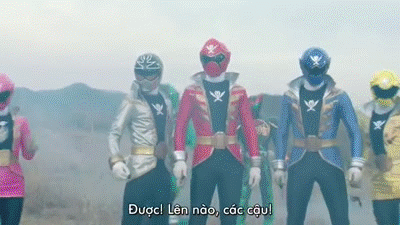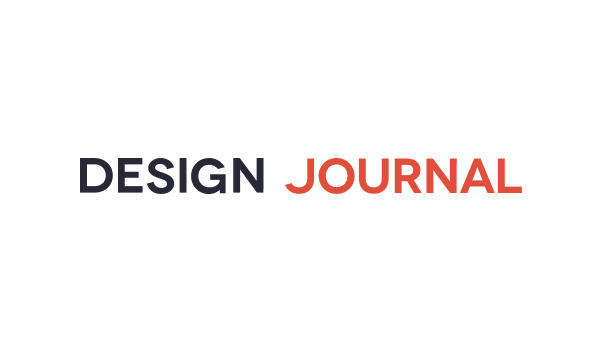I always wondered why. My kids have been messing with some of my Japanese imports during COVID lockdowns. On SEGA Saturn the games work and control the same way whether it's a Japanese game or US region game. Genesis games use the same button layouts regardless of region. NES and Super Nintendo games... same button mapping for both regions.
But for some reason on Playstation they flip the controls: for US-region games X button is 'Yes/Confirm' and the O button is 'No/Back'**. In Japanese games, it's the opposite. The O button is Yes and the X button is No. The Japanese one makes more sense, since you Circle something as a 'Yes' in school and cross it out as a 'No'. They even call the X button 'Cross'. I have a Japanese PS2 and a US region PS2 to accommodate a mixed US/JPN PS2 collection. Dualshock controllers work fine on both systems, no issue.
Most people know this peculiar quirk, but I've never understood why Sony made this decision. Anyone happen to know?
**I suppose some Playstation titles use Triangle as the Back button, depending on the genre, but for the most part that's how the system works.

But for some reason on Playstation they flip the controls: for US-region games X button is 'Yes/Confirm' and the O button is 'No/Back'**. In Japanese games, it's the opposite. The O button is Yes and the X button is No. The Japanese one makes more sense, since you Circle something as a 'Yes' in school and cross it out as a 'No'. They even call the X button 'Cross'. I have a Japanese PS2 and a US region PS2 to accommodate a mixed US/JPN PS2 collection. Dualshock controllers work fine on both systems, no issue.
Most people know this peculiar quirk, but I've never understood why Sony made this decision. Anyone happen to know?
**I suppose some Playstation titles use Triangle as the Back button, depending on the genre, but for the most part that's how the system works.
















